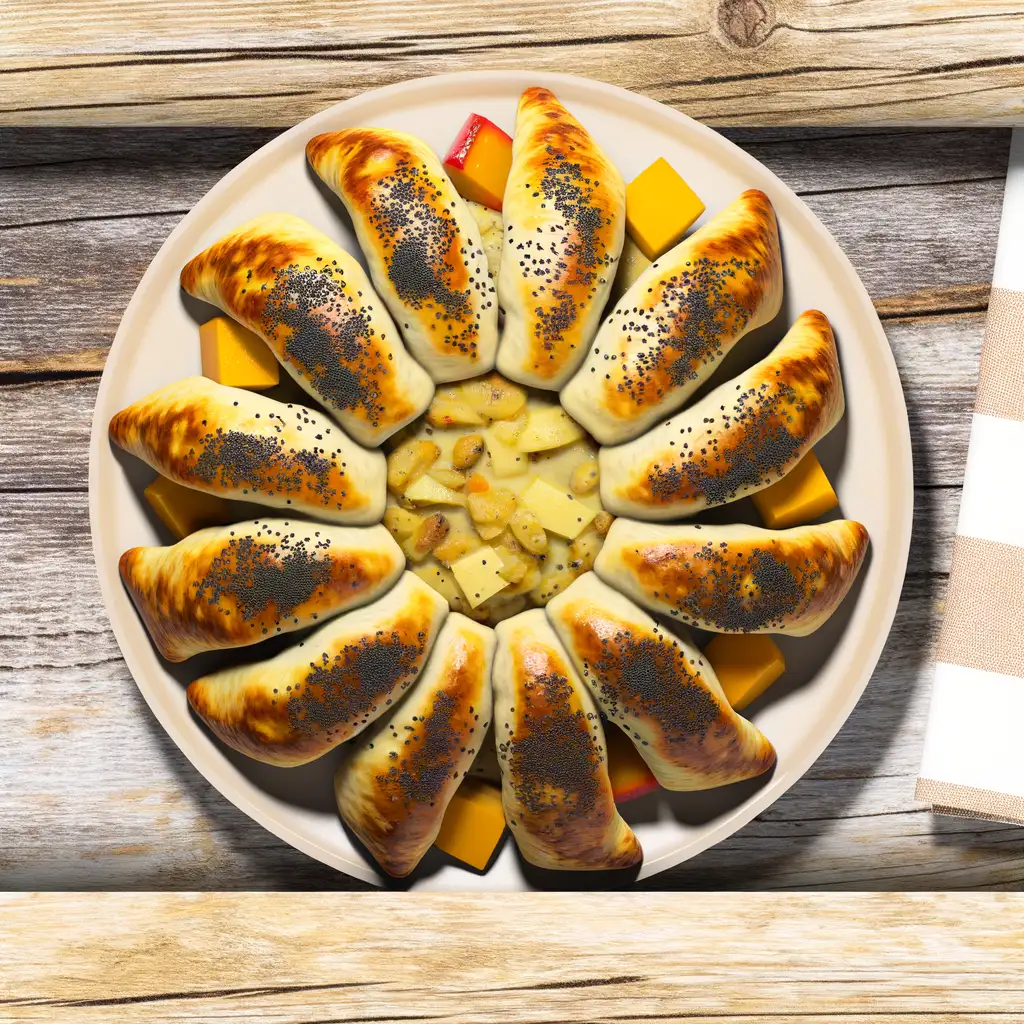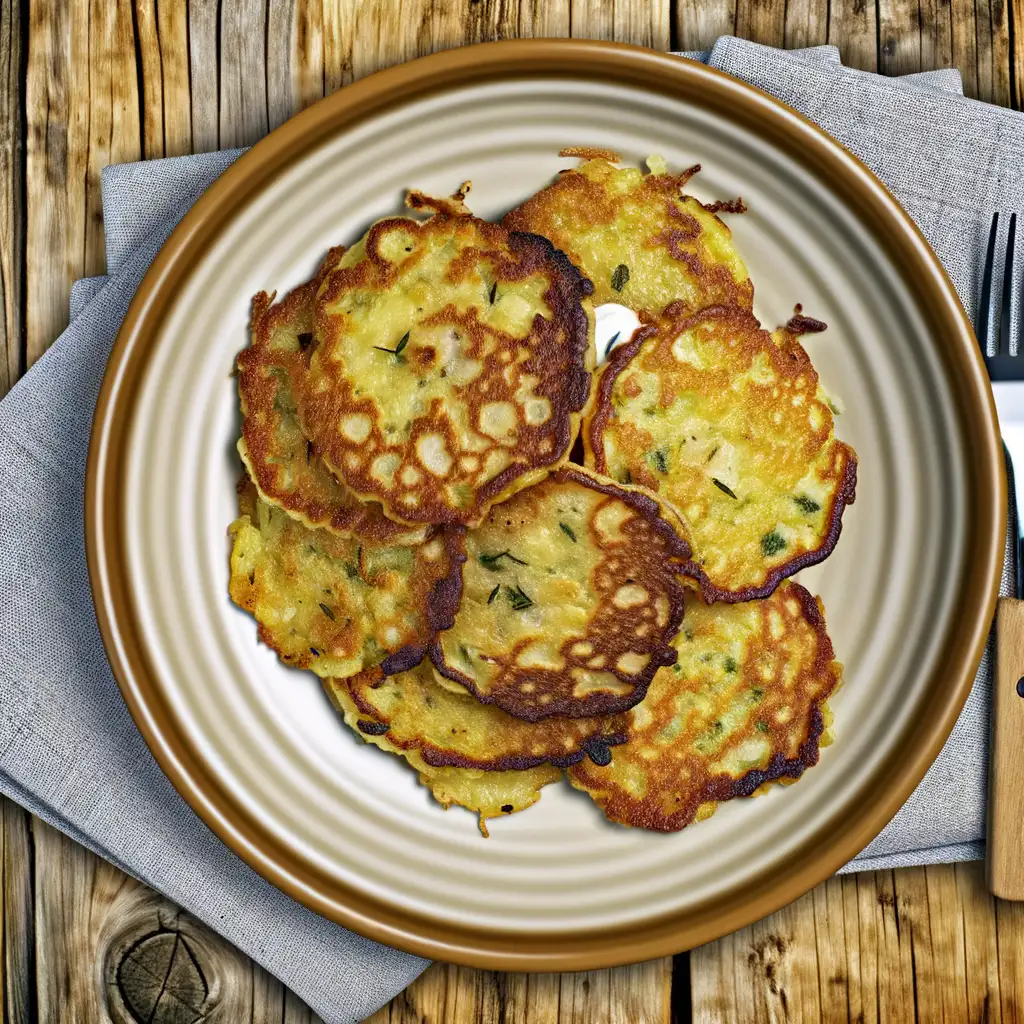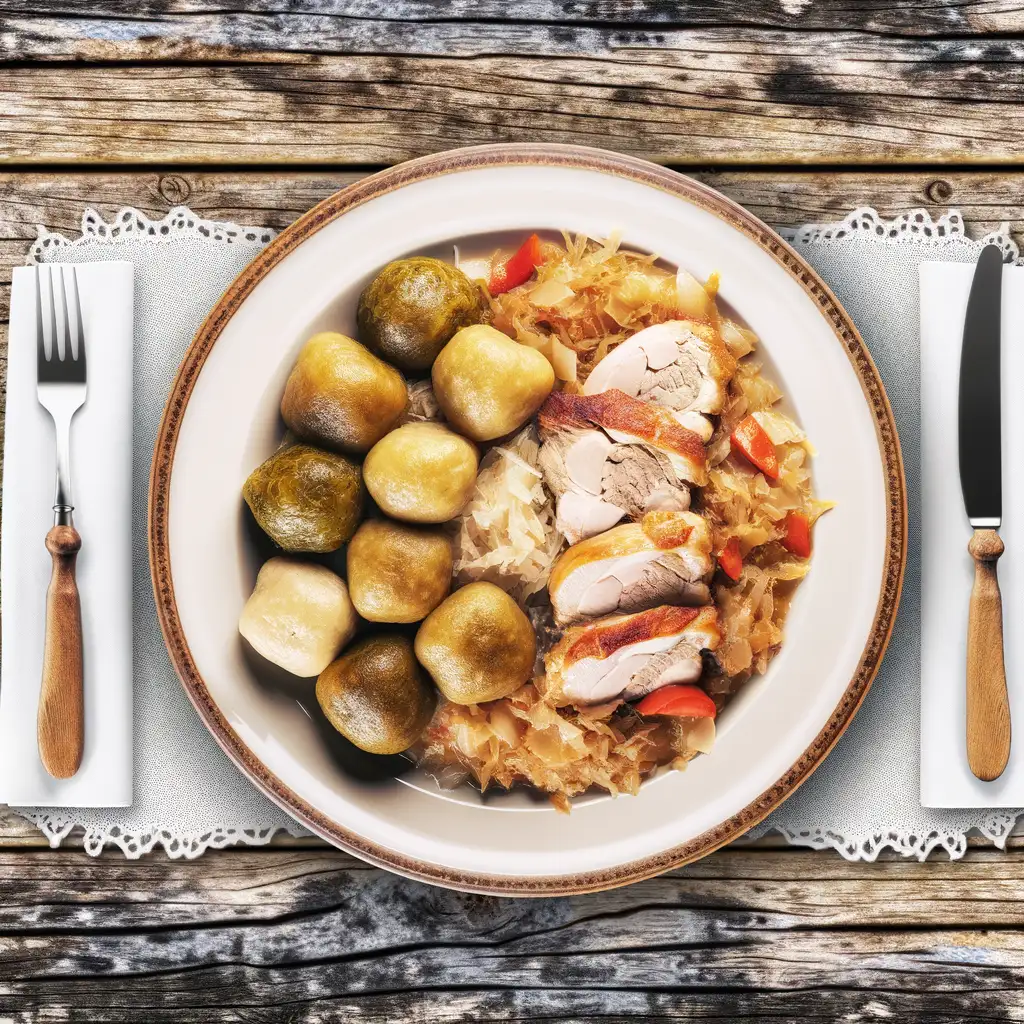



If you ever find yourself wandering through the Czech countryside,Litomyšl is one of those places that gently pulls you in with its warm,inviting charm. The moment you step into its historic center,you’re greeted by the soft hum of life—children playing near the Renaissance castle,the clink of coffee cups at cozy cafés,and the faint strains of classical music drifting from open windows. The air carries a subtle mix of fresh bread from local bakeries and the earthy scent of the nearby Svitava River,making every breath feel like a quiet celebration of simple pleasures. Litomyšl’s character is deeply rooted in its rich cultural tapestry. The castle,with its intricate sgraffito decorations and sprawling gardens,isn’t just a sight to behold—it’s a storyteller whispering tales of centuries past. Wander through the narrow streets,and you’ll find art galleries,charming bookshops,and friendly locals who seem genuinely happy to share their city’s history and traditions. There’s a rhythm here that’s both relaxed and alive,where old-world elegance meets a lively,creative spirit. What really stays with you is the feeling of connection—whether it’s savoring a glass of Moravian wine at a sunlit terrace or catching a performance at the Smetana Festival,celebrating the composer born here. Litomyšl invites you to slow down,soak in its beauty,and become part of its ongoing story. It’s not just a place to visit; it’s a place to feel,to taste,and to remember long after you’ve left.
The information on this page is currently being reviewed by Tripkliq and should be used as a guide only
Eng word: Hello
Eng pronunciation: Ah-hoy
Local language: Ahoj
Eng word: Goodbye
Eng pronunciation: Sbo-hem
Local language: Sbohem
Eng word: Thank you
Eng pronunciation: Dyeh-koo-yee
Local language: Děkuji
Eng word: How much
Eng pronunciation: Ko-leek toh stoh-yee
Local language: Kolik to stojí
Eng word: Toilet
Eng pronunciation: Toh-ah-leh-tah
Local language: Toaleta
Eng word: Help me
Eng pronunciation: Poh-mohz-teh mee
Local language: Pomozte mi
Eng word: Yes
Eng pronunciation: Ah-noh
Local language: Ano
Eng word: No
Eng pronunciation: Neh
Local language: Ne
Eng word: Excuse me
Eng pronunciation: Proh-meen-teh
Local language: Promiňte
The Litomyšl Castle, a stunning Renaissance chateau, was inscribed as a UNESCO World Heritage Site in 1999. Built in the 16th century, it is renowned for its exquisite sgraffito decorations and well-preserved architecture.
Litomyšl is the birthplace of Bedřich Smetana, one of the most famous Czech composers. Born in 1824, Smetana is celebrated for his contributions to Czech classical music, including the iconic symphonic poem 'Má vlast.'
The Litomyšl Castle Brewery, established in the 16th century, is one of the oldest breweries in the region. It is historically significant as the place where Bedřich Smetana's father worked as a brewer.
The Portmoneum is a unique museum dedicated to the art of Josef Váchal, a Czech painter, graphic artist, and writer. The museum showcases his vibrant murals and woodcut prints, making it a must-visit for art enthusiasts.
The Church of the Holy Cross is a beautiful Gothic structure dating back to the 14th century. It is known for its intricate architecture and serene atmosphere, offering visitors a glimpse into Litomyšl's medieval history.
The Monastery Gardens, located near the Piarist Church, are a peaceful retreat in the heart of the city. These gardens have been carefully restored and offer stunning views of the surrounding historical landmarks.
The Smetana's Litomyšl Festival is one of the oldest and most prestigious opera festivals in the Czech Republic. Held annually since 1949, it celebrates the legacy of Bedřich Smetana with performances in the castle courtyard.
This Baroque church, built in the 18th century, is a masterpiece of architecture. It is part of the Piarist College complex and features stunning frescoes and ornate interiors.
Litomyšl's picturesque town square is lined with colorful Renaissance and Baroque houses. The Renaissance-style Town Hall, with its distinctive tower, is a prominent feature of the square and a symbol of the city's rich history.
In Litomyšl, the most common Power Adaptor is Type C, Type E.



A traditional Czech dish made of marinated beef served with a creamy vegetable sauce, typically accompanied by bread dumplings.

A sweet pastry made from rolled dough that is wrapped around a stick, grilled, and coated with sugar and nuts, often filled with ice cream or other sweet toppings.

A type of pastry filled with various ingredients such as poppy seeds, fruit, or cheese, often enjoyed as a snack or dessert.

Czech potato pancakes seasoned with garlic and marjoram, usually served with sour cream or as a side dish.

A hearty dish consisting of roasted pork, sauerkraut, and bread dumplings, representing a classic Czech meal.
Prague feels like stepping into a storybook where every corner hums with history and charm. The moment you wander onto the cobblestone streets of the Old Town,you’re wrapped in a warm,timeless embrace. The air carries a mix of fresh-baked pastries and rich coffee from cozy cafés,mingling with the faint scent of aged wood and stone from centuries-old buildings. As you stroll across the iconic Charles Bridge,the soft murmur of the Vltava River below blends with the distant melodies of street musicians,creating a soundtrack that’s both lively and soothing.
What’s truly captivating about Prague is its effortless blend of old and new. Gothic spires and baroque facades stand proudly alongside vibrant street art and bustling markets. The city pulses with a creative energy,from the quirky art galleries tucked away in narrow alleys to the lively beer gardens where locals and travelers clink glasses over hearty Czech fare. There’s a genuine warmth in the way people share their culture,whether it’s through a friendly chat in a pub or an invitation to a traditional music performance.
At night,Prague transforms into a magical place where the city lights dance on the river’s surface and the aroma of roasted chestnuts fills the air. It’s a city that invites you to slow down,savor every moment,and get lost in its stories. Trust me,once you’ve experienced Prague’s unique rhythm and soul,it stays with you long after you’ve left.
Vienna feels like stepping into a living storybook where every street hums with history and charm. The moment you wander through its grand boulevards,you’re wrapped in a warm embrace of baroque architecture,cozy coffeehouses,and the gentle melodies of street musicians playing waltzes nearby. There’s a rhythm to the city — elegant yet inviting — where the past and present dance together effortlessly.
As you stroll along the Danube or through the lush gardens of Schönbrunn Palace,you catch the scent of freshly baked strudel mingling with the earthy aroma of roasted coffee beans from a nearby café. The city’s café culture is something special; sitting down with a slice of Sachertorte and a strong Viennese coffee feels like a small,delicious ritual. You’ll hear the soft clink of porcelain cups and the murmur of locals deep in conversation,making you feel instantly at home.
Vienna’s character is a blend of refined artistry and genuine warmth. It’s a place where grand opera houses and modern galleries coexist,and where the locals’ pride in their musical heritage is palpable. Whether you’re exploring the vibrant Naschmarkt with its colorful stalls or catching a live performance in a centuries-old concert hall,Vienna invites you to slow down,savor the moment,and soak in its timeless elegance.
Imagine stepping into a city where every corner feels like a scene from a timeless painting—Venice is exactly that kind of place. The moment you arrive,the gentle lapping of water against ancient stone buildings wraps around you like a soft melody. Instead of streets,there are winding canals,and instead of cars,gondolas glide silently beneath ornate bridges,their oars dipping rhythmically into the emerald water. The air carries a mix of salty sea breeze and the faint aroma of fresh espresso and baked pastries from nearby cafés,inviting you to slow down and savor the moment.
Venice has this magical,almost dreamlike quality. The light here is different—soft and golden in the mornings,casting long shadows on the labyrinth of narrow alleys and colorful facades. You’ll find yourself wandering without a map,getting delightfully lost among the bustling markets,where vendors call out in melodic Italian,selling everything from fresh seafood to vibrant Murano glass. The city’s rich history whispers from every corner,from the grandeur of St. Mark’s Basilica to the quiet charm of tucked-away piazzas where locals sip wine and chat as if time has paused.
What makes Venice truly unforgettable is its rhythm—slow,intimate,and deeply human. It’s a place where you can hear the laughter of children playing by the water,the clinking of glasses in cozy trattorias,and the soft hum of a street musician’s violin. Visiting Venice isn’t just about seeing a city; it’s about feeling its heartbeat,tasting its flavors,and becoming part of its endless story.
If you ever find yourself wandering through the sun-drenched streets of Dubrovnik,you’ll immediately feel like you’ve stepped into a living storybook. The city’s ancient stone walls rise proudly against the sparkling Adriatic,and as you stroll along the marble-paved Stradun,the salty sea breeze mingles with the scent of fresh pine and blooming bougainvillea. There’s a rhythm here—a gentle hum of life where history and modern charm dance together effortlessly.
Dubrovnik’s character is woven into every corner:the clatter of café cups,the murmur of locals chatting in cozy taverns,and the distant call of seagulls overhead. You can almost taste the city in the air—briny and fresh,with hints of grilled seafood and ripe figs from the markets. Sitting at a seaside restaurant,watching the sun dip behind the fortress walls,you’ll savor dishes bursting with Mediterranean flavors,paired with a glass of crisp Croatian white wine.
What makes Dubrovnik truly special is how it balances its rich past with a vibrant present. The city’s narrow alleys invite exploration,revealing tucked-away galleries,artisan shops,and lively squares where music spills out into the streets. Whether you’re tracing the footsteps of ancient mariners or simply soaking up the golden light on a quiet terrace,Dubrovnik feels like a warm embrace—inviting,timeless,and utterly unforgettable.
Budapest feels like stepping into a storybook where history and modern life dance together effortlessly. The moment you stroll along the Danube River,with the majestic Parliament building glowing in the evening light,you sense a city that’s both grand and inviting. There’s a rhythm here—street musicians playing haunting melodies,the clinking of glasses in cozy ruin pubs,and the gentle splash of thermal baths that have been soothing locals for centuries. It’s a place where every corner whispers tales of empires past,yet pulses with youthful energy.
Wandering through the cobbled streets of the Castle District,you catch the scent of fresh pastries mingling with the earthy aroma of old stone walls. The vibrant markets buzz with vendors selling paprika,fresh bread,and sweet chimney cakes,tempting you to taste the rich flavors of Hungarian cuisine. Budapest’s character shines brightest in its contrasts:the elegant Art Nouveau cafés sit side by side with edgy street art,and the grand boulevards lead you to intimate courtyards where locals sip coffee and chat animatedly.
What makes Budapest truly unforgettable is how it wraps you in warmth—whether it’s the steamy embrace of a thermal bath on a chilly day or the friendly chatter in a bustling café. It’s a city that invites you to slow down,savor every moment,and discover stories hidden in its architecture,food,and people. Trust me,once you’ve felt Budapest’s pulse,you’ll carry a piece of it with you long after you leave.
If you ever find yourself wandering through Split,it’s like stepping into a living,breathing storybook where ancient history and vibrant modern life dance together effortlessly. The moment you stroll along the Riva promenade,the salty breeze from the Adriatic mingles with the aroma of fresh espresso and grilled seafood wafting from nearby cafés. Locals chat animatedly in the sun-dappled squares,their laughter blending with the distant hum of boats bobbing gently in the harbor. There’s a laid-back energy here that feels both timeless and alive,inviting you to slow down and soak it all in.
Split’s heart beats strongest in Diocletian’s Palace,a sprawling Roman fortress that’s less a museum and more a neighborhood where people live,shop,and gather. Walking through its ancient stone alleys,you’ll catch glimpses of colorful markets,artisan shops,and cozy taverns tucked into centuries-old walls. At night,the city transforms as lanterns flicker on,and the sound of live klapa singing—traditional a cappella harmonies—drifts through the air,wrapping you in a warm,soulful embrace.
What really makes Split unforgettable is how effortlessly it blends the old with the new. You can savor a plate of fresh octopus salad while watching fishermen haul in their catch,then wander to a rooftop bar for a cocktail as the sun sets behind the islands. It’s a place where every corner tells a story,every meal feels like a celebration,and every moment invites you to become part of its ongoing tale.
Tourists may be offered unfavorable exchange rates or charged hidden fees at unofficial currency exchange offices.
Unlicensed individuals may pose as tour guides and charge tourists for inaccurate or subpar tours of the city.
Tourists may encounter shops or stalls selling souvenirs at inflated prices, especially near popular attractions like the Litomyšl Castle.
Some restaurants may add hidden charges or inflate the bill, especially if the menu is not clearly priced in English.
Scammers may pose as charity workers and pressure tourists into giving donations for fake causes.
Some taxi drivers may overcharge tourists by taking longer routes or not using the meter, especially for trips to and from the train station.
The Czech Republic has relatively liberal drug laws, but possession of drugs is still regulated. Small amounts of certain drugs for personal use may result in a fine rather than criminal charges, but possession of larger quantities or trafficking is strictly illegal and can lead to severe penalties. Marijuana is decriminalized for small amounts, but public consumption is not allowed. Tourists should avoid using or carrying drugs to stay on the safe side of the law.
In Litomyšl, as in the rest of the Czech Republic, smoking is prohibited in indoor public spaces, including restaurants, bars, cafes, and public transport. Smoking is also banned in certain outdoor areas, such as near playgrounds and schools. Designated smoking areas may be available in some locations. Tourists should look for 'No Smoking' signs and adhere to local regulations to avoid fines.
Vaping is subject to similar restrictions as smoking in Litomyšl. It is prohibited in indoor public spaces, public transport, and certain outdoor areas. While vaping is generally more socially accepted, tourists should be mindful of local rules and avoid vaping in non-smoking areas unless explicitly allowed.
What are other people saying about Litomyšl?
Recent Social posts about Litomyšl
There is nothing to show you for now.